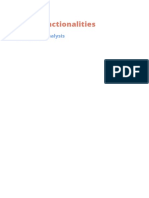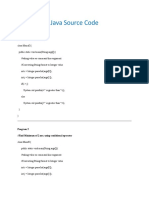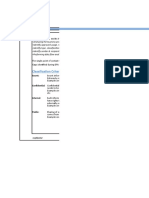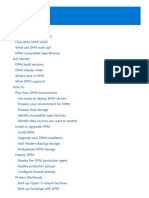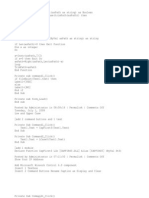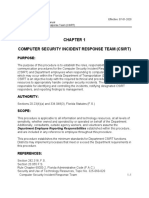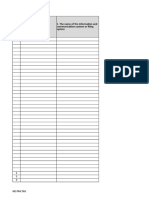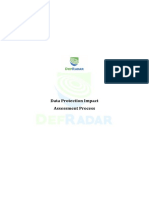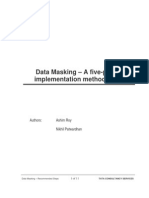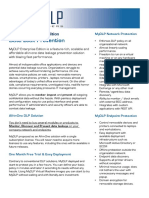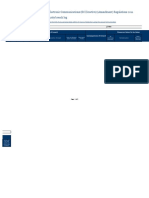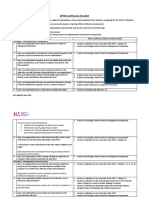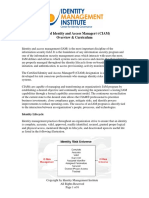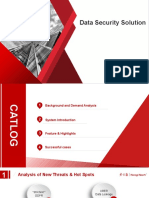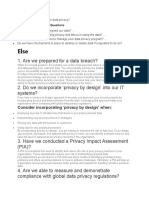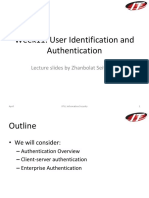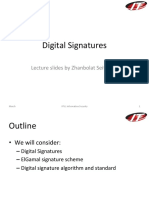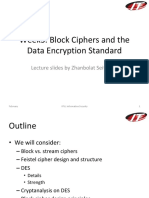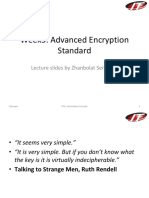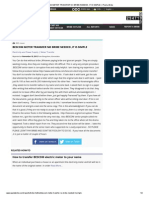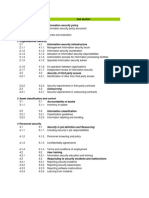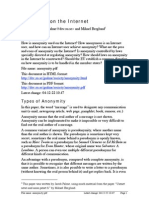0% found this document useful (0 votes)
198 views38 pagesWeek1. Introduction To Information Security. Basic Terminology
This document provides an overview of the topics to be covered in a 15-week information security course. It will introduce basic terminology, security concepts like confidentiality and integrity, and types of threats. Students will learn about attacks and how to protect against them. The course objectives are to provide a foundation in security principles and evaluation methods through weekly lectures, labs, and assignments over the semester.
Uploaded by
Абзал КалдыбековCopyright
© © All Rights Reserved
We take content rights seriously. If you suspect this is your content, claim it here.
Available Formats
Download as PDF, TXT or read online on Scribd
0% found this document useful (0 votes)
198 views38 pagesWeek1. Introduction To Information Security. Basic Terminology
This document provides an overview of the topics to be covered in a 15-week information security course. It will introduce basic terminology, security concepts like confidentiality and integrity, and types of threats. Students will learn about attacks and how to protect against them. The course objectives are to provide a foundation in security principles and evaluation methods through weekly lectures, labs, and assignments over the semester.
Uploaded by
Абзал КалдыбековCopyright
© © All Rights Reserved
We take content rights seriously. If you suspect this is your content, claim it here.
Available Formats
Download as PDF, TXT or read online on Scribd
/ 38



